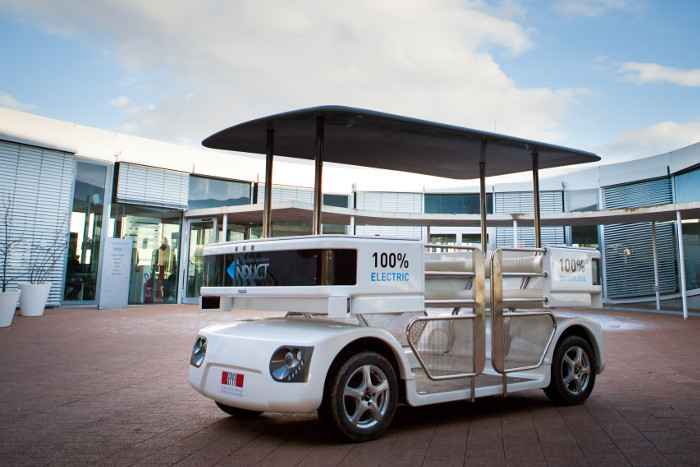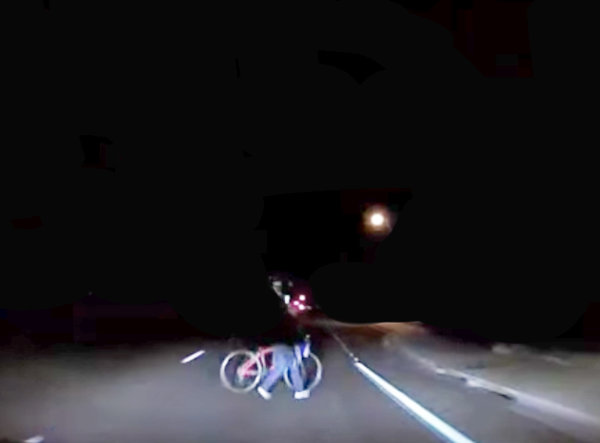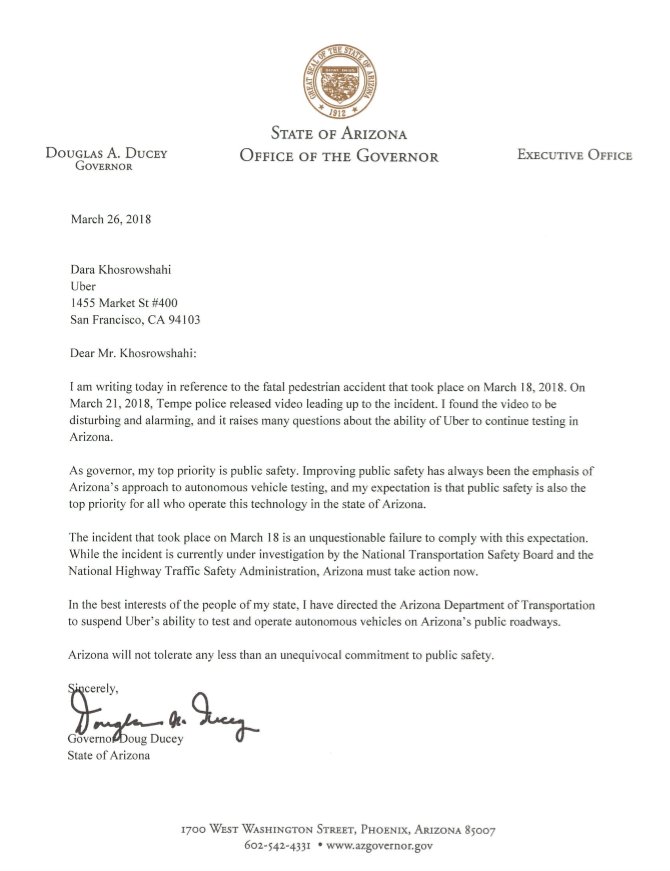No, ads won't pay for your robotaxi ride -- but your employer might, and that has big consequences
Submitted by brad on Mon, 2018-05-21 11:41Most of the press reported a research report from UBS securities claiming Waymo is now worth $75B to Google because it is poised to dominate the robotaxi business. In addition to this, it claimed that business would be $1.2 trillion by 2030, with an additional $472 billion for "in car monetization." (Total Google revenue was $110 billion in 2017.)








 In particular, I want to examine what could go wrong at any of these points, and what is not likely to go wrong.
In particular, I want to examine what could go wrong at any of these points, and what is not likely to go wrong.


